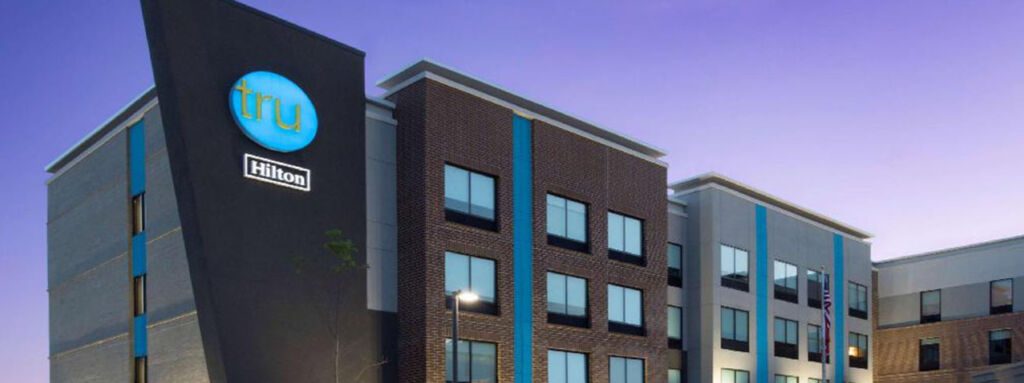February 7, 2020
Millennials and The Changing Face of Hotels
Throughout the country, we see the influence of evolving consumer preferences in the design and placement of retail stores, restaurants and gas stations. Much of that is being driven by Millennials, those 76 million 25-to 40-year-olds in the U.S. who are the primary target of advertising dollars and have become the foundation of the consumer economy.

Hotels are also reinventing themselves to be in better alignment with Millennials and what they are looking for in overnight accommodations. Major brands like Hilton, Radisson and Best Western have each launched new hotel franchises designed with Millennials in mind. And for good reason.
Millennials now outnumber Baby Boomers in the workforce. They have more influence and buying power than any other generation today. And the way they spend their money is much different; not just because they prefer to pay by smartphone over cash.
“Community and experience are very important to Millennials,” said Sandi Dzirbik, Sales Director for Commercial Zone. “And that’s where they’re putting their money.”
When it comes to hotels, Dzirbik points to Hilton’s Tru, Best Western’s Glo, and Radisson’s Blu as three franchises that each represent the new wave in hotel design. The design of these new hotels shows a shift to a more open concept, with investment in larger social gathering areas and smaller, less-appointed guest rooms.
According to the Wall Street Journal, the guest rooms in Tru hotels are about 20% smaller than typical rooms in the mid-priced category. At the same time, the lobbies in those hotels are about 80% larger than those found in a typical Hampton Inn, another Hilton property.
“That’s a significant change from what used to be the norm,” Dzirbik said, noting that a recent trend placed emphasis on the in-room experience. That change is hastened by Millennial preference.
“You don’t see Millennials sitting in their rooms by themselves,” she said. “They’ll be down in the lobby, mingling with other people. That’s because they don’t want to miss out on anything.”
Walter Isenberg, CEO of Sage Hospitality told Hotel News Now that hotel branding in 2020 must be “incredibly creative” to appeal to the tastes of the Millennial guests. “The new generation of traveler wants experiences and convenience,” said Isenberg, whose company operates 60 hotels in the U.S. “(Hotel) brands will need to learn how to bend the rules to fit each guest.”
Bending the rules also includes replacing on-premise restaurants with 24-hour self-serve food markets and providing abundant seating and tables for guests to eat food they’ve had delivered.
But with an increase in activity in the lobby area – and the waste generated by pre-packaged food and the food delivery consumed there – there is a proportional increase in the need for good disposal and recycling options.
Which makes selecting the right waste and recycling receptacles more important that one might think when considering overall hotel design.
“Waste and recycling receptacles are not what most consider simply ‘utilitarian products,'” Dzirbik said, noting that Commercial Zone offers a full-range of waste and recycling containers with features like stone finishes, laser etching and custom shapes and colors. “They can be designed to blend in seamlessly and like pieces of art, actually enhance the décor. Which sounds crazy, but it’s true.”
